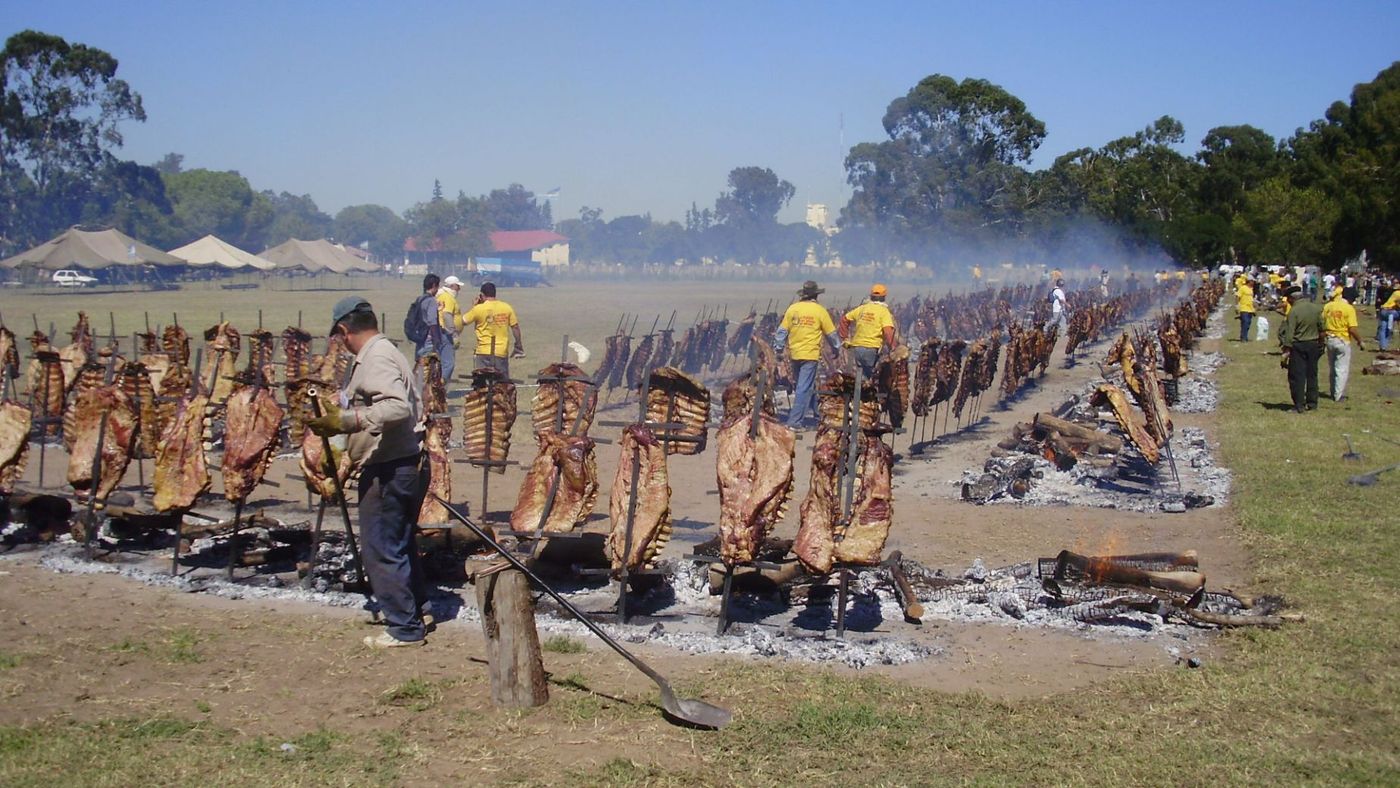And why would it not be?
As an omnivore, I have an open-minded view of most food. While I may well have a great disdain for certain meat-replacement products (if you make the choice to not eat meat, please go the whole mile and don't get "I can't believe it's not meat" products,) I am opened to meat substitutes. Unfortunately, this generally means tofu and other soy products, something that is as nutritious to me as are dairy products to someone who suffers from lactose intolerance (and there are more people who are allergic to soy than there are those allergic to dairy) which I have tried on several occasions, to disastrous results.
So soy being out of the question, what else is there? Pulses and mushrooms are your safest bets, but even those have their own limitations. So when I stumbled upon this recipe in one of my latest purchases, I just had to give it a try, to see if it was a good deal.
And it is.
Informally known as Shan tofu, as the product originates from the Shan people of Burma, it involved making a sort of tofu not with soy, but with chick pea flour. The best thing about this, besides the fact that it's not soy, is that it's easy to make at home and requires very little ingredients, and very little time to make. It's also great because it already comes with a lightly nutty flavor, and none of the grittiness of soy tofu, so it's a plus. However, it does not have tofu's flavor soaking characteristic, which I've never found to work anyways.
Anyways, here's the very simple process, illustrated by my very own kitchen. Thanks to my sous-chef Natasha for the assistance.
Take two cups of chick pea flour, two-and-a-half tea spoons of salt and two cups of water; put together in a bowl and whisk it to a smooth consistency. Whether you use a hand whisk or an electric one doesn't really matter, as long as it's blended well and smooth, free of any clumps. Depending on your source flour, you may want to sift it to keep out the largest grit, but it's more a matter of texture at this point. Once that you are satisfied with the texture, leave it to rest a few minutes.
In a thick bottomed and fairly wide pot, bring four cups of water to a boil at high heat. A deep cast iron pan, well seasoned could do the job, but you may want something more neutral, so that you don't affect the taste. When your water is boiling, reduce to medium high, give the batter a few more whisks to wake it up and pour the lot into the water. It will froth at the beginning, that's fine, stir a little, then bring down to medium heat.

You will want to keep stirring, to keep the batter from sticking to the bottom (an enameled pot works wonders in this case) and to keep the consistency as homogenous as possible. You want to keep the action going anywhere from two to five minutes. You will feel the batter thickening, and pockets of steam will pop up, also a good sign. The longer the cooking time, the thicker the tofu. When you feel the it is the consistency that you want, pour the batter into a couple of greased bread loaf molds. I would recommend glass or ceramic, because it makes it easier to handle and demold when ready. The size of your container will also determine the texture, as the narrower mold, the ticker the tofu. Personally, I use a large casserole dish.

Once poured, even it out as best as you can, and leave to rest at least an hour at room temperature. You can use it at that point, or you can put it in the fridge to firm up more, covered with a plastic sheet, directly on the surface, to minimize the buildup of a crust.
So, now that you have this tofu, what to do with it? For one thing, you can use the firm tofu, cut in cubes, as your protein in soups or stir fry. You can also deep fry it, which will build a nice outer crust, sealing the smooth inner texture. These delicious cubes can then be consumed as just finger food (sauce optional, really) or they could be used in a curry, the fried crust preventing them from disintegrating. The texture of your tofu will guide you on how you will serve it. The shorter the cooking time, the creamier, so the they will very easily come apart in soups or when frying; when cooked longer, they get firmer and more tolerant to abuse. When deep-frying, the creamy one will have a nice crispy crust with a creamy center, while the firmer will turn into something akin the savory marshmallows; either are good. The Shan also thinly shave them and use them as noodles of sort.
 |
| Fried tofu, like savory marshmallows |
So as you can see, in about ten minutes of work, say in the evening, you can prepare a good amount of versatile protein that is vegetarian and vegan friendly, that even carnivores will enjoy. Were you to get a bag of flour (about the same price as wheat flour) just for that purpose, you will be able to very cheaply supply your own protein, and pull a magic trick that will amaze your friends.















